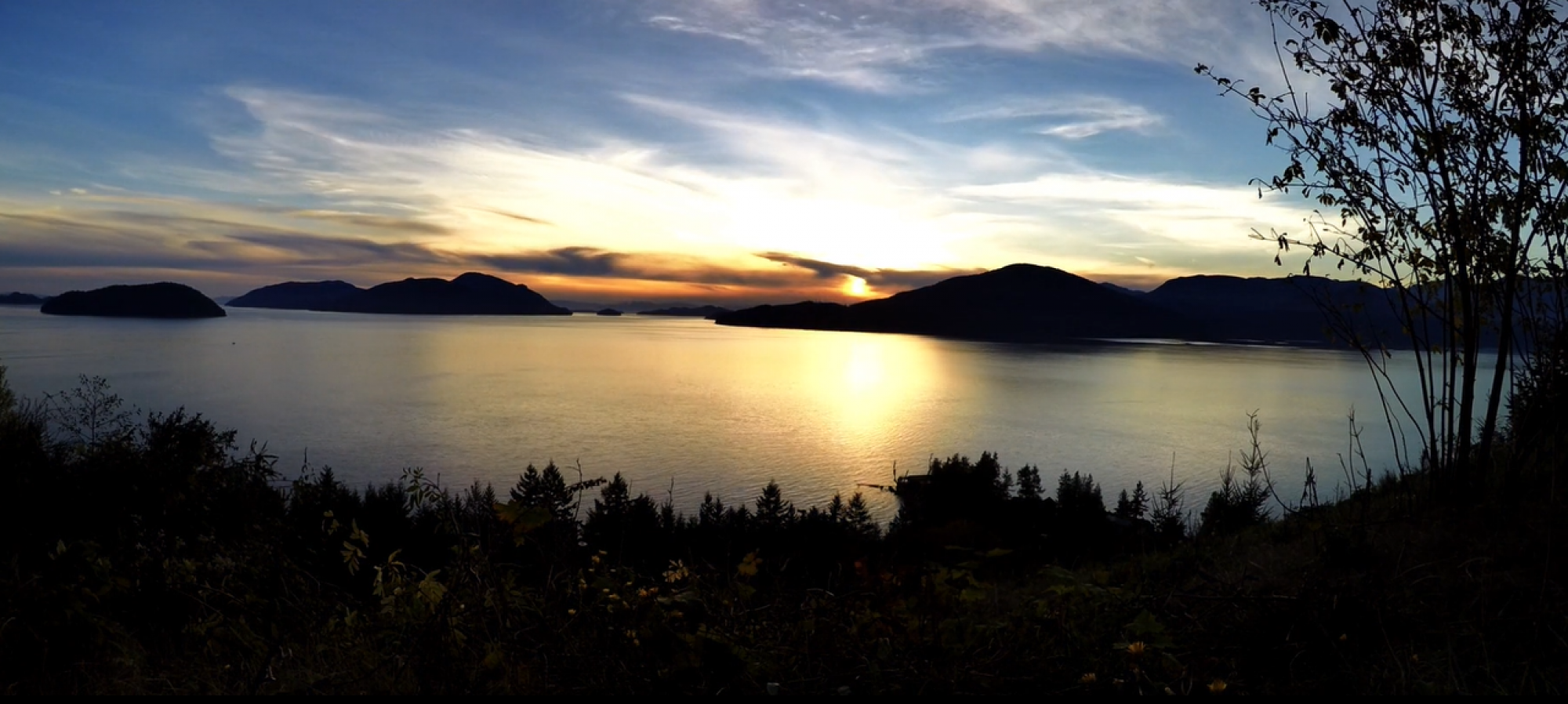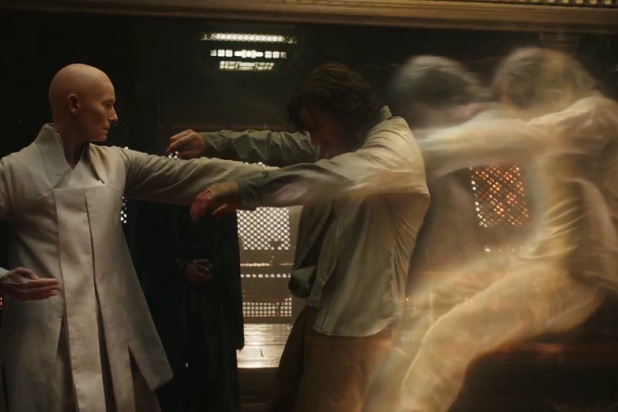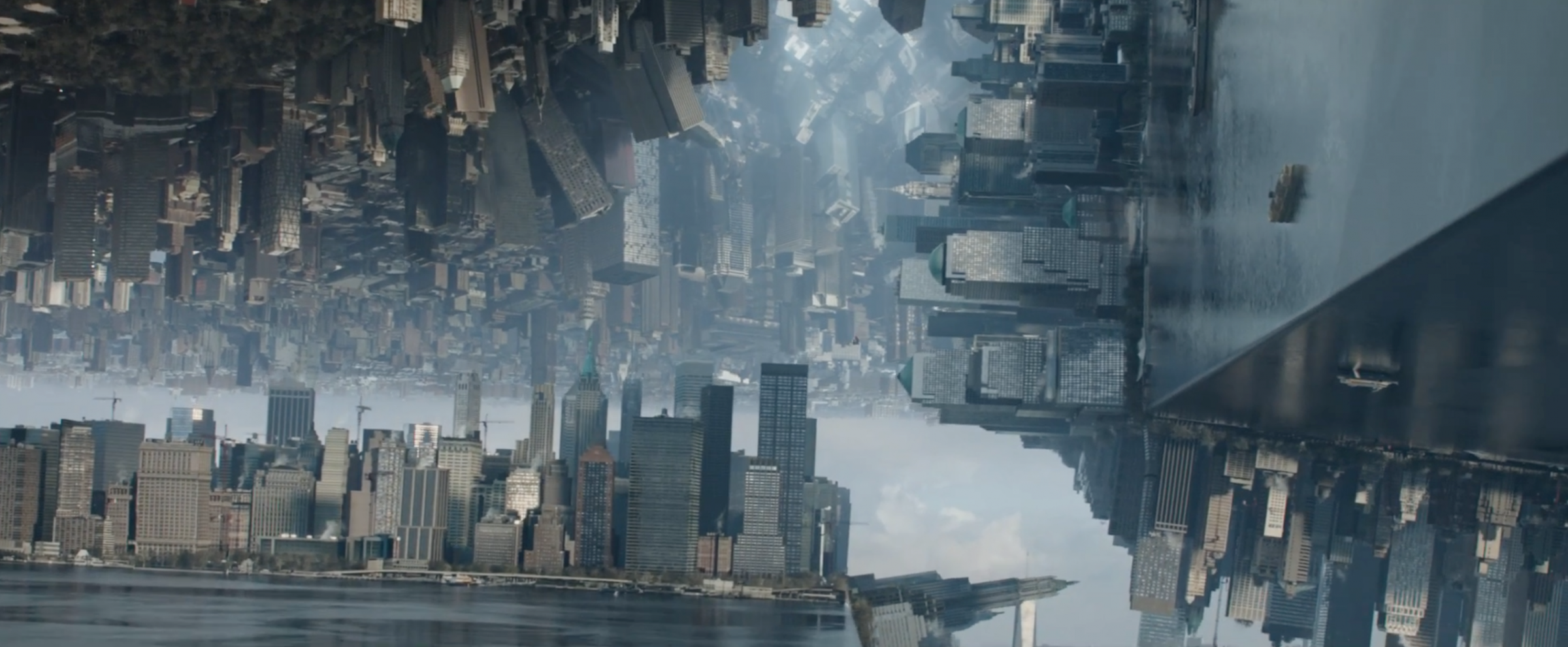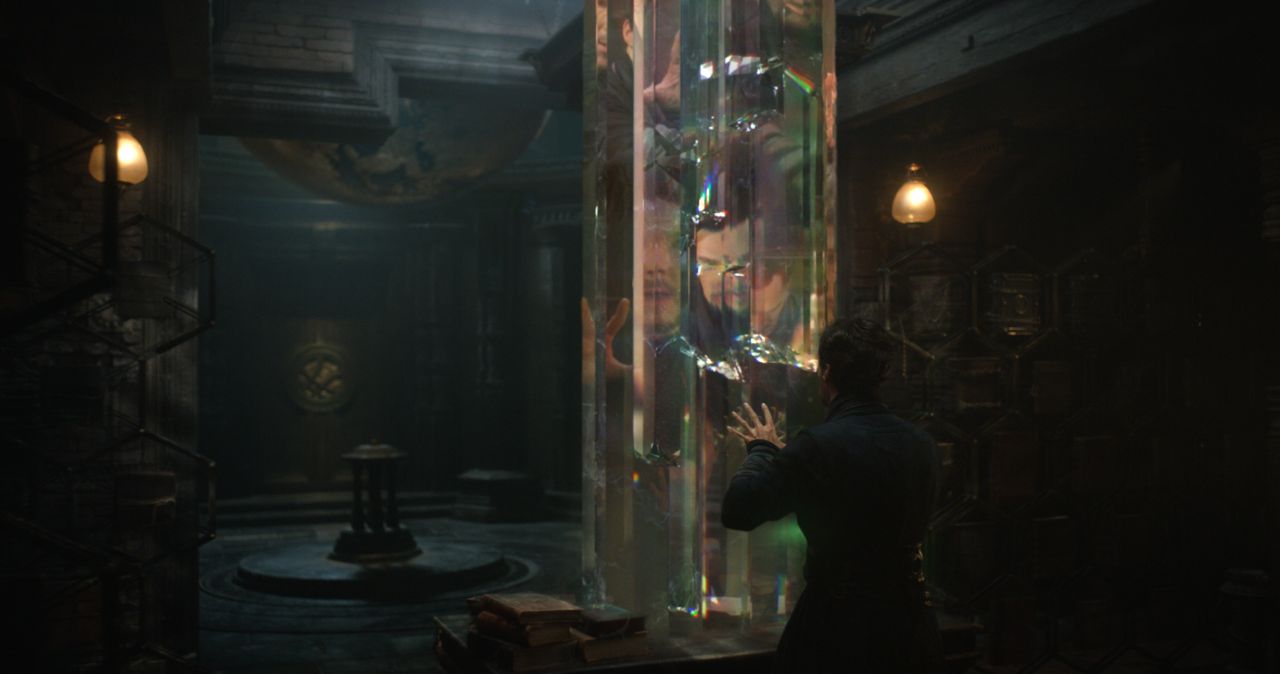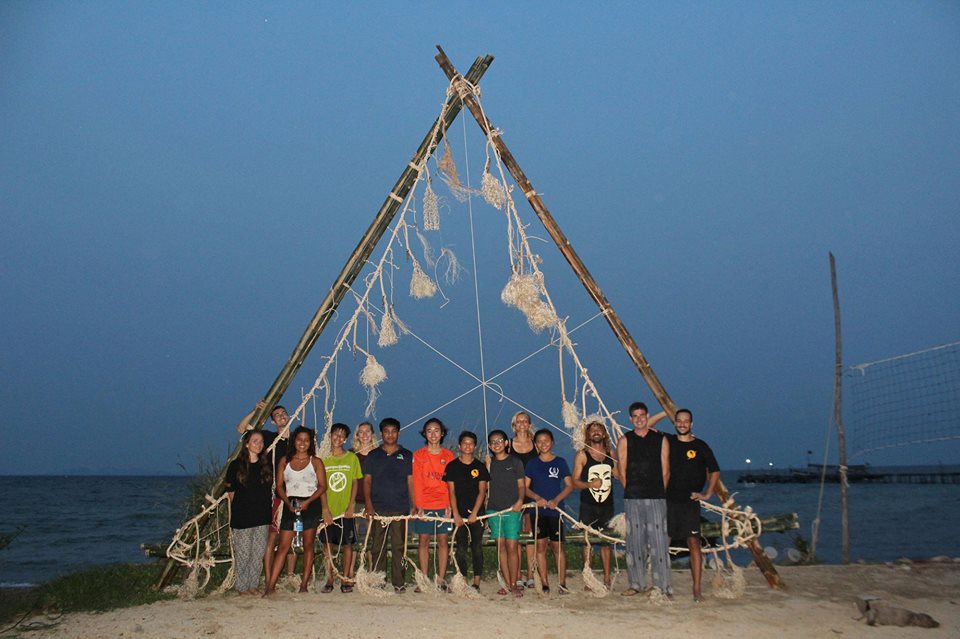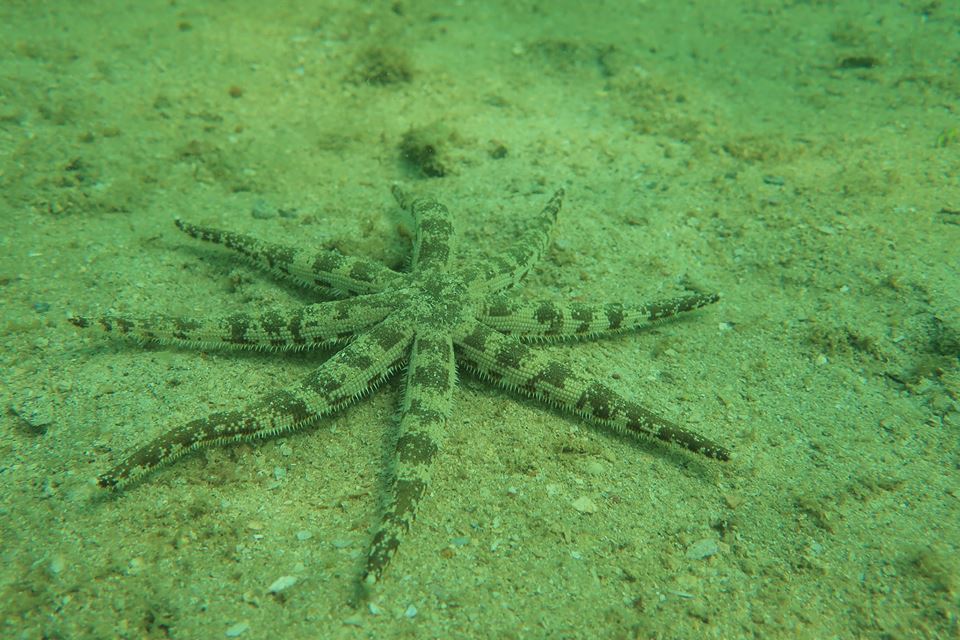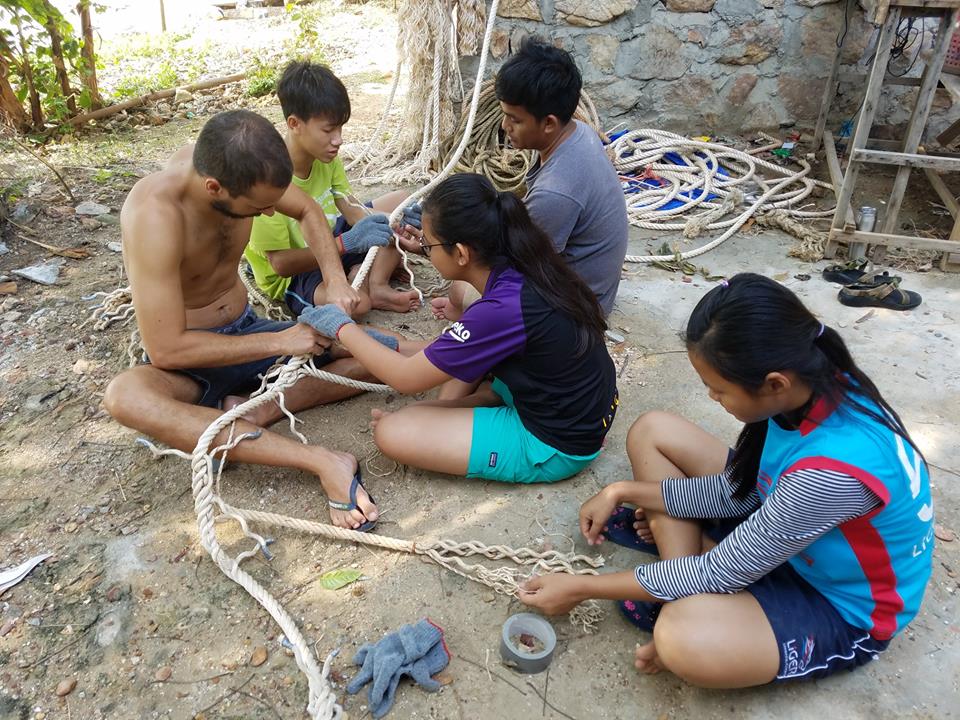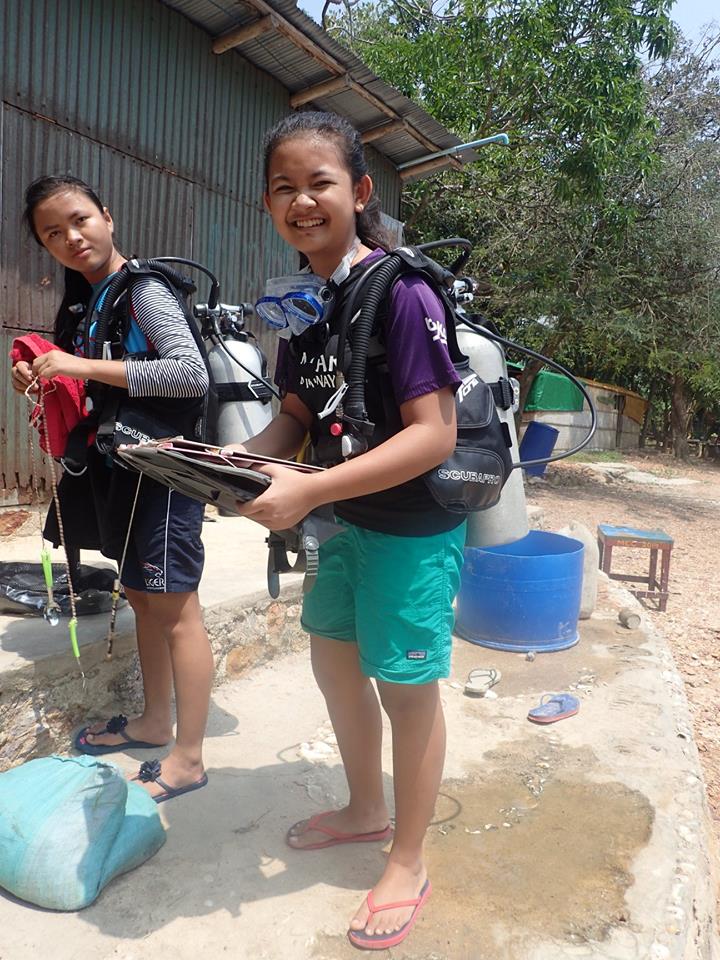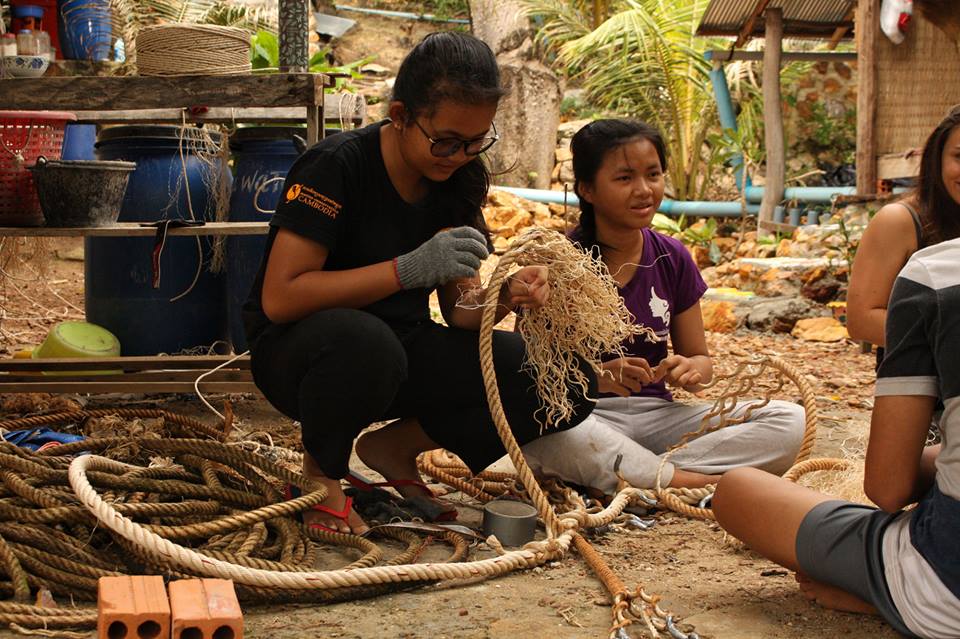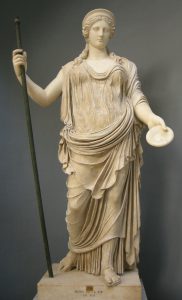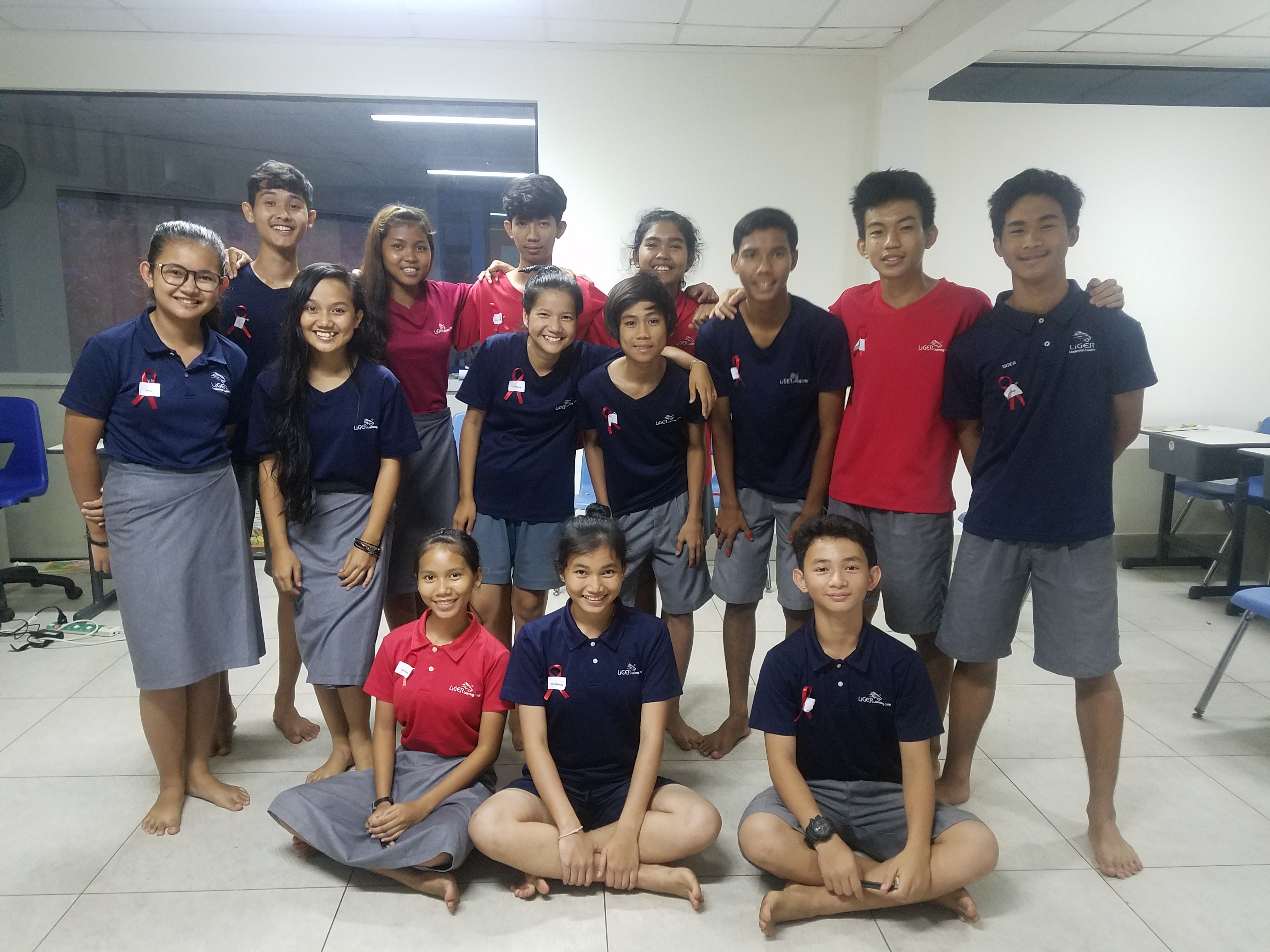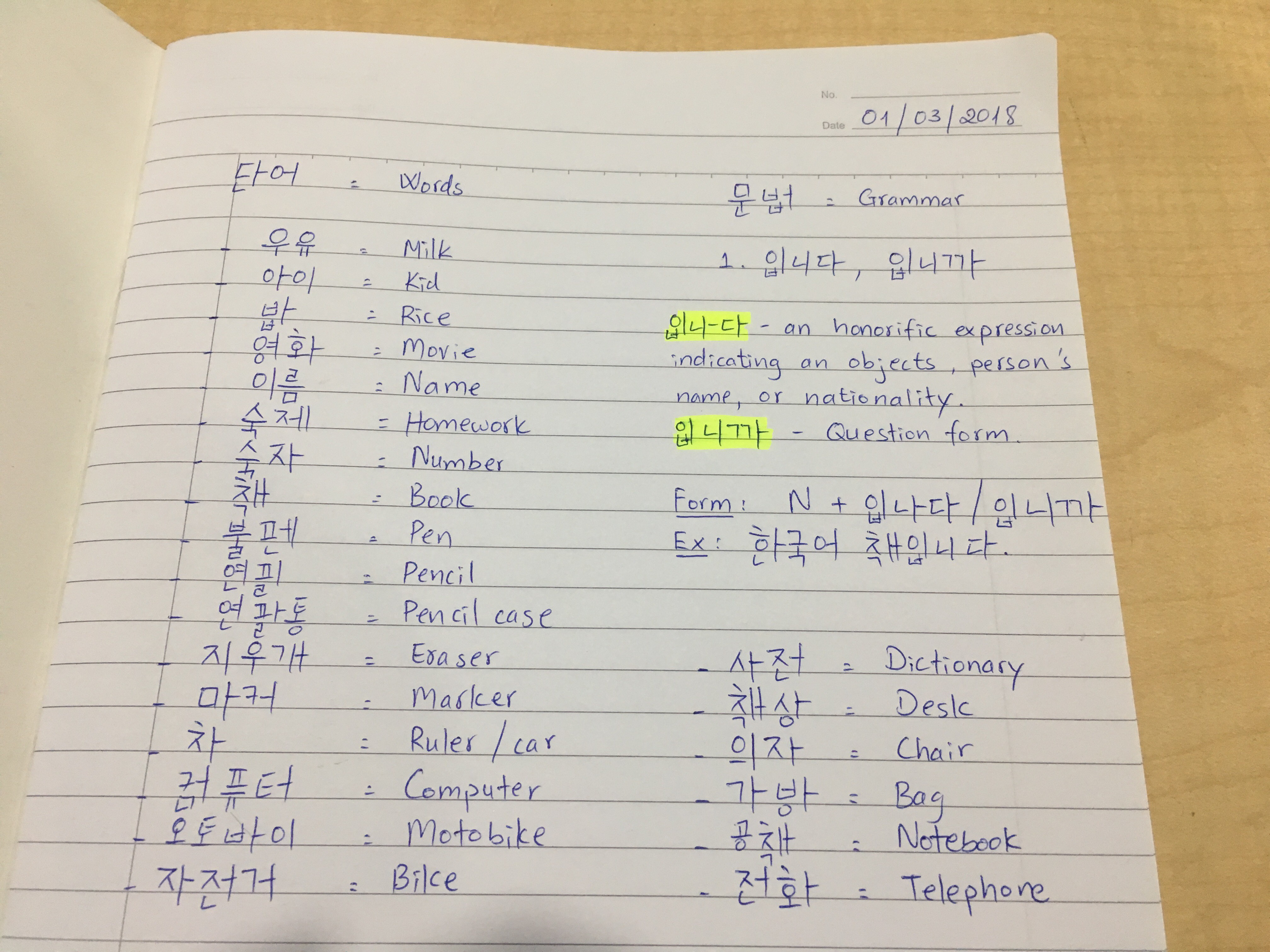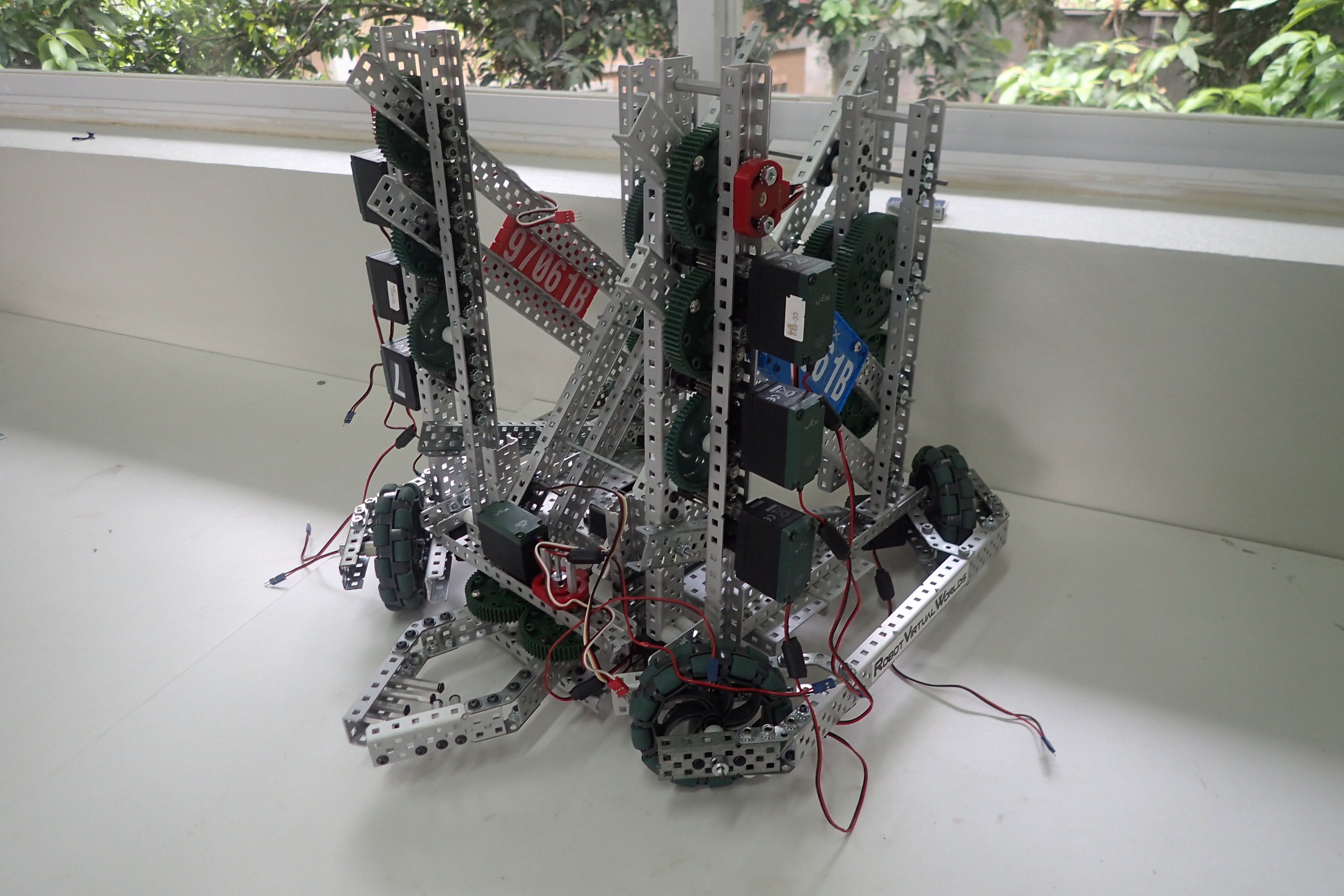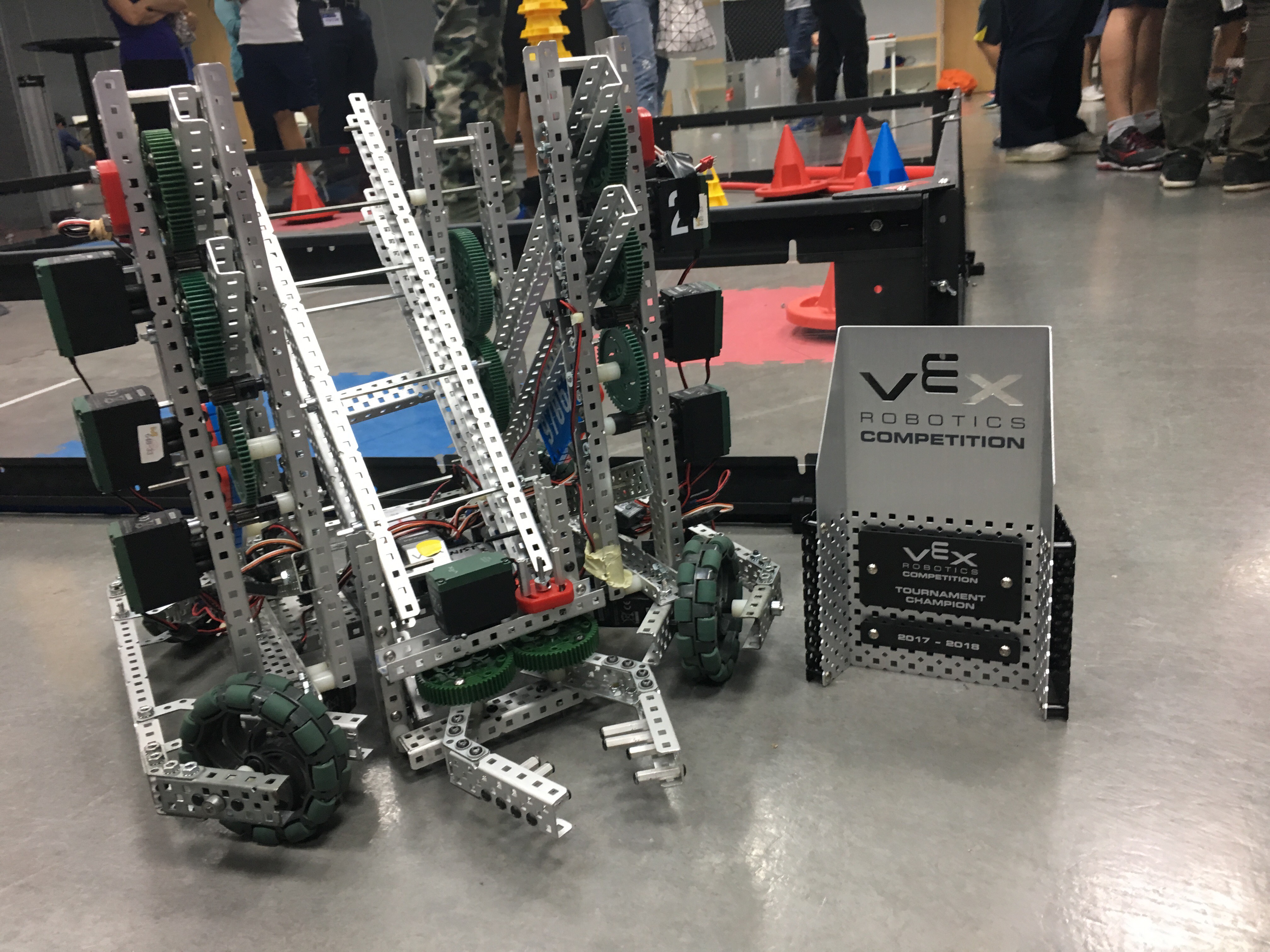I’m just a kid grew up in a small town, who decided to persevere her unknown passion which later is discovered. From the first time I’ve been introduced to science and its branches, I’ve already found my area of focus. It illuminates me into the world of satisfaction; I get it, I learn it, I feel safe, and I want more. A strong bond has made between us since that time on—we’re like uranium 235 and uranium 238—almost inseparable isotopes. Everything I did in science is going to last. Undoubtedly, science is creating immense impacts on generations; scientific discoveries and inventions will continuously formulate extraordinary progress; as said by Edward Teller, “The science of today is the technology of tomorrow.”
Nevertheless, STEM education and hands-on learning often weren’t exposed to Cambodian students. Just like many others developing nations, Cambodia is one of those who is still struggling to enhance quality education or even access to education. Approximately 31% of Cambodians live under the poverty line which leads to the unaffordability for children to go to school and yes; illiteracy rate is high.
However, even though some get the chance to attend regular schools; subjects weren’t fully incorporated into the curriculum. Public schools’ atmosphere in Cambodia every day is just students listening to teachers explaining. It just wasn’t a healthy environment. One of the reasons was because our model of the education system was adapted from French model of education system during the French colonial period. Another major reason also derived from the loss of educated people due to the tragic genocide during the Khmer Rouge regime. Our education system steadily develops since.
Privileged by attending a unique school—Liger Leadership Academy—I now know what education should really look like. Students at this school are committed to being the future “change agents” of Cambodia and by perceiving quality and high education, this is the future hope of Cambodia. They taught students to look at the world in a bigger picture and use it as a classroom. During my school year, I became really interested and wanted to pursue further in the science field. Science, in general, is very broad in terms of how many branches it covered; however, the one that really matters the most to me is biology.
Given the opportunity to join an exploration, a seven-week course, on HIV/AIDS; my blood is pumping every day. In this exploration, students dove deep into the science behind HIV/AIDS. We discussed how this virus was often mistaken and was badly connotated in Cambodia. We put ourselves into people living with HIV position: how extremely hard it can be to find treatments, preventions, and how bad of the stigmas & discrimination that they receive from the surroundings. Furthermore, we’ve discovered that topic like HIV/AIDS is forbidden in Cambodia; they don’t even talk about it. Therefore, we felt the importance to normalize the conversation, making it as our daily conversation. As a result, our final product was to conduct a workshop raising awareness on HIV/AIDS!
Through this marvelous experience, I’ve become confident in disseminating information relevant to HIV/AIDS. Before the workshop begins, I took a deep breath because I’m about to do something remarkable, I’m about to share something my heart feels authentically proud of. We divided the workshop into four sessions: Basic science of HIV/AIDS, Transmission & Prevention, Treatment, and Stigma & Discrimination. We are educating people to understand that HIV is just the same as other viruses, that AIDS is not a consequence of bad activities, that people living with HIV are just like people living without HIV, and that the only difference between them is people living with HIV need to take their treatments. This is a big step towards real change with 13-, 14-, 15-, 16- year-olds to be able to talk about such sensitive topic. One of my favorite moments was when I asked participants to share their personal experiences regarding HIV/AIDS and to me, it felt like I’ve made a special connection and created a safe space for them to share. We’ve reached a step towards combating HIV/AIDS discrimination through normalizing conversations, dispelling common myths, and raising awareness about HIV/AIDS transmission, prevention, and treatment.
As my knowledge keeps expanding across the biology spectrum, I am currently pursuing marine biology which I found really fascinating. I felt the confidence to join a team—Liger Marine Research Team—which is a group of eight young passionate marine researchers that devote themselves to protect the Cambodian ocean. Our project is to recolonize the overfished and damaged Marine Ecosystems of Cambodia. As this team keeps progressing throughout the years, big accomplishments have been made! We created a baseline survey on a damaged ecosystem, which used to be a seagrass meadow and try to restore the beauty of it. A few months later, we deployed our first artificial habitats 300 meters away from Koh Seh, an island runs by a Non-profit organization called Marine Conservation Cambodia, MCC. Koh Seh located far down the Kep archipelago next to Vietnam border and is a conserved area meaning only certain activities are permitted to happen. Those artificial habitats encompass a 21 concrete block artificial reef and a “cluster” which is a fish aggregation device acts as the alternative of plastic buoys to mark the location of the artificial reef as well as providing shelter for fish.
All these activities allowed to happen because of a proposal that is made by MCC to the Cambodian government; proposing the Marine Fisheries Management Area (MFMA). MFMA is an 11 354 hectares protected area and is the second one in Cambodia after Sihanoukville province. In this process, they will be working on protecting sensitive habitats from illegal unreported and unregulated fishing and restoring the “dying jewels of Cambodia.”
We know that it’s really working. A month after the deployment, it attracted more than 50 catfish, various Jacks, and we know exactly that with the more hard amount of efforts, there’s going to be more chances of rehabilitating lives.
In addition to that, whenever I’m underwater, I can’t take my eyes off whether to see the improvement or the destruction that is happening. It’s like magic, everything else disappears, except the magnificent view of this underwater paradise. Those priceless moments will always inherit into my memory. We made history here, the youngest certified scuba divers and marine researchers in Cambodia.
However, what we are doing are not going to be enough. Therefore, we’re doing this to inspire many more individuals how ignorance some human beings are to overlook the importance of understanding the world’s problems and to truly open their eyes and feel the irritation when they saw all those destructions. Approximately 40 percent of Cambodian lack knowledge of HIV/AIDS. Sex education, which is helpful to reduce risks, is prohibited in school curriculum. MCC said, although plastic is not designed or produced in Asia, 82% of leakage into the ocean occurs in Asia. By 2050, there will be more plastic than fish population. Rate as having the highest IUU fishing, up to 34 percent of the overall catch, in the Western Pacific; as said by World Ocean Review. How long are we going to stay blind? As young kid, I’m investing my time and my energy to what I love doing and I know others should too.
